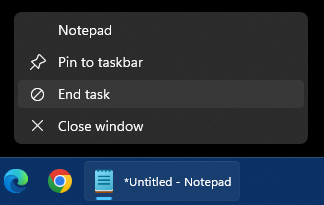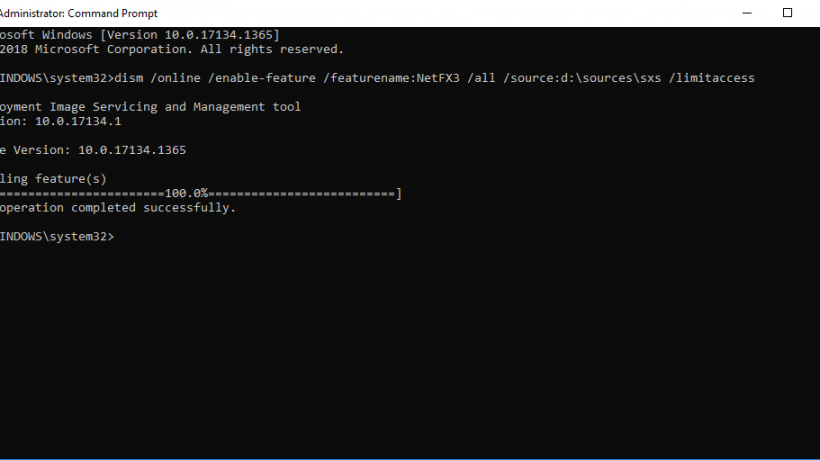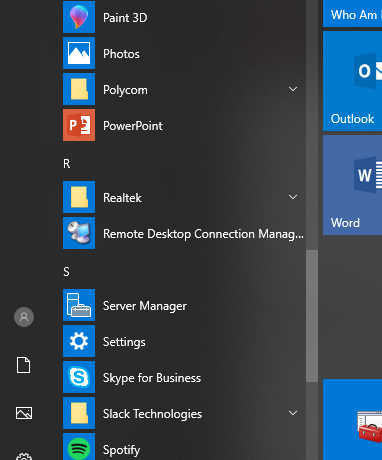This author thinks that in 50 years, Bill Gates will be remembered throughout the world but Steve Jobs will not. I like Bill Gates (not until recently, though), but I really don’t see his statue being raised in his image. Sure, he’s doing some amazing humanity things around the world, but nothing to be idolized about.
"Gates is the most ruthless capitalist, and then he wakes up one morning and he says, ‘enough.’ And he steps down, he takes his money, he takes it off the table.
"I firmly believe that 50 years from now, he will be remembered for his charitable work, no one will even remember what Microsoft is.
"And of the great entrepreneurs of this era people will have forgotten Steve Jobs. Who’s Steve Jobs again? There will be statues of Gates across the third world."



